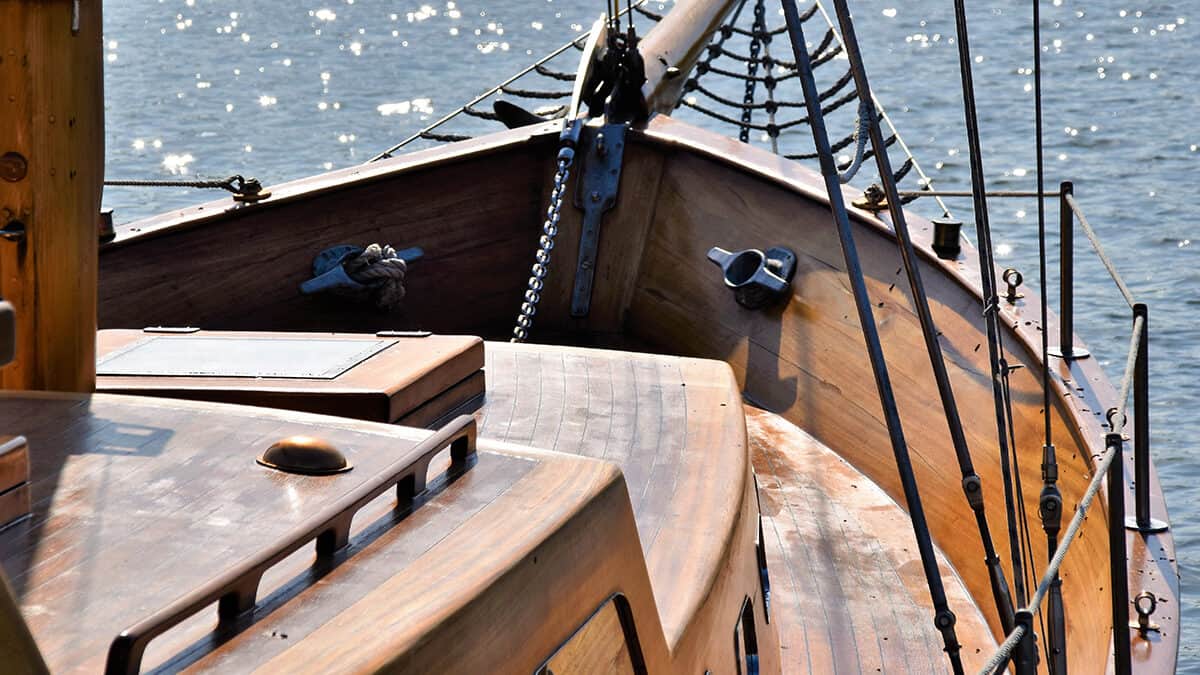
Boats have been around for thousands of years and in this new series – Sean’s Ultimate Ship, we’re going to be looking at some of the most amazing ones!
Now whilst having more masts and sails were helping boats travel further and faster, they did suffer from one very LARGE drawback. When there was no wind, there was no moving!
So ship designers started to build steam engines into their designs – firstly along with masts, and then with just a steam engine.
Initial steam powered boats were moved with paddles – big wheels like on a watermill, with one on either side of the boat. In 1832, the Laird brothers designed an iron paddle steamer, the Alburkah, which was capable of making its own way from Liverpool to the Niger river in west Africa, and entered history as the first ocean-going iron ship.
 In 1843, Isambard Kingdom Brunel designed the SS Great Britain which at the time was the world’s largest and fastest ship. He used the leading technologies of the day and a 1,000 horse power engine was its beating heart. The SS Great Britain was also the first screw-propelled, ocean-going, iron-hulled steam ship – a truly revolutionary vessel and fore-runner of all modern shipping.
In 1843, Isambard Kingdom Brunel designed the SS Great Britain which at the time was the world’s largest and fastest ship. He used the leading technologies of the day and a 1,000 horse power engine was its beating heart. The SS Great Britain was also the first screw-propelled, ocean-going, iron-hulled steam ship – a truly revolutionary vessel and fore-runner of all modern shipping.
Designed initially for the emerging trans-Atlantic luxury passenger trade, the ship carried 252 first and second class passengers and 130 crew.
Facts on the SS Great Britain:
- The three-storey high steam engine weighed 340 tons
- It produced 1,000 horsepower
- Which pushed the ship forward at 12 knots
- The engine’s steam was produced using 200 tons of sea water held in the boiler
- It could carry 1,200 tons of coal, which was enough to power her from Bristol to New York
To find out more about the SS Great Britain, please visit www.ssgreatbritain
> Visit Sean’s Ultimate Ship’s homepage
> Download the free podcast from iTunes
Sean’s Ships
How do ships work and why are there so many routes? Sean's exploring the history and science behind ships and international trade!
More From Sean’s Ships



